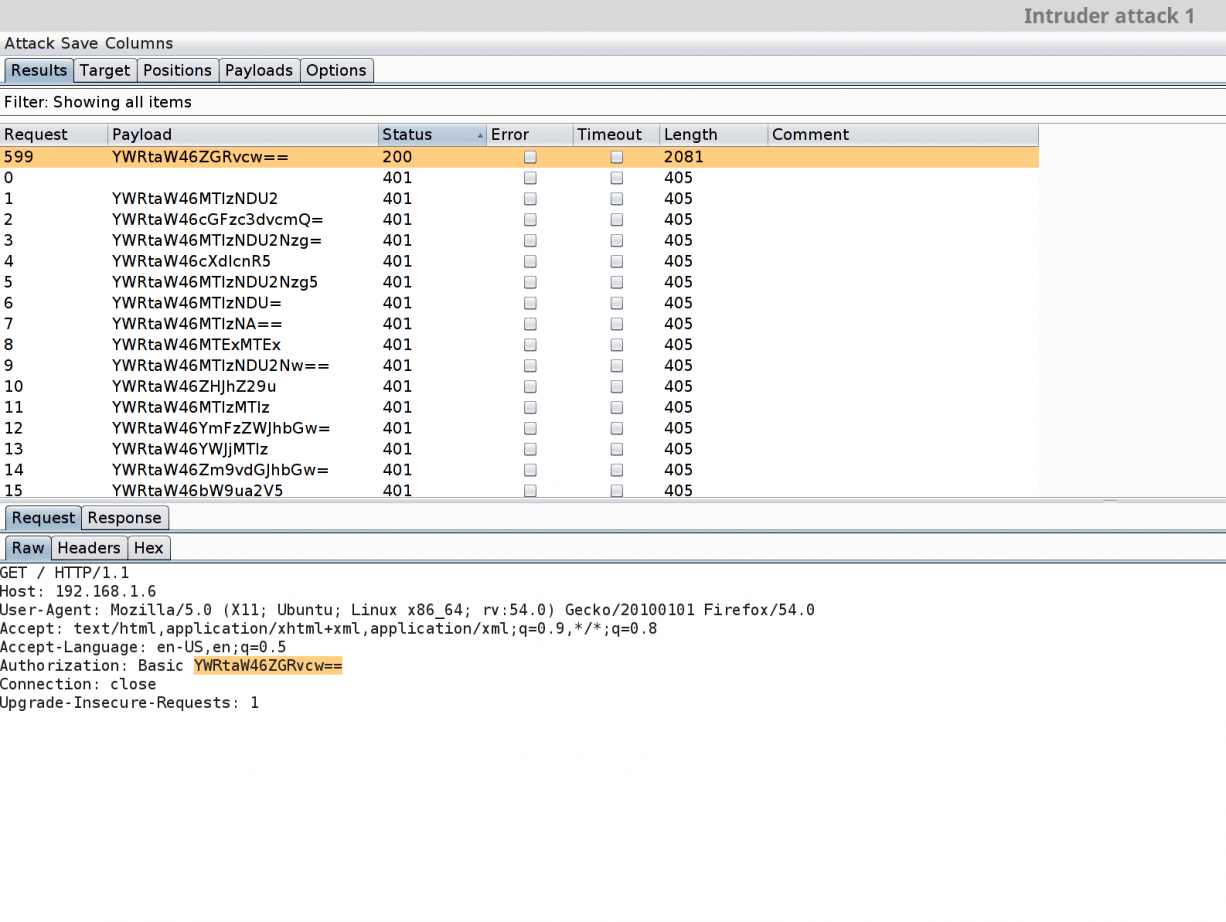

- Base64 encoding password and usernames windows 10#
- Base64 encoding password and usernames download#
- Base64 encoding password and usernames windows#
The cookie is used to store the user consent for the cookies in the category "Performance". This cookie is set by GDPR Cookie Consent plugin. The cookie is used to store the user consent for the cookies in the category "Other. There is no need to additionally encode them, using SSL is perfectly fine. Not necessarily with AES256, but that depends on the cipher suite used. The cookies is used to store the user consent for the cookies in the category "Necessary". If you use SSL to connect then all the content, including passwords and usernames is already encoded. The cookie is set by GDPR cookie consent to record the user consent for the cookies in the category "Functional". The cookie is used to store the user consent for the cookies in the category "Analytics".

These cookies ensure basic functionalities and security features of the website, anonymously. The above compliance check will look through the Apache configuration file (that must be placed in the locations listed in the "search_locations" directive) and find any occurrences of "AuthType Basic".Necessary cookies are absolutely essential for the website to function properly. Search_locations : "/usr/local/apache/conf:/etc/httpd" I added the following compliance check:ĭescription : "Check if AuthType entry in nf is correctly set"
Base64 encoding password and usernames download#
Then under "Tenable Configuration Audits" download the "Apache Best Practices" compliance checks. We provide a compliance file for Apache servers that can be found in Downloads -> Compliance and Audit Files -> Configuration Audit Policies.
Base64 encoding password and usernames windows#
You will be presented with a few results from which you need to click on the Windows PowerShell option as.
Base64 encoding password and usernames windows 10#
You need to locate the search section present on your Windows 10 taskbar and type powershell in it. First of all, you will have to access the PowerShell application on Windows 10. To solve this problem Tenable ProfessionalFeed customers can use the compliance checking features of Nessus to audit the Web Server configuration. Step 1: Accessing the Windows 10 PowerShell. This can happen if the directory that is protected using this mechanism is not found in the discovery phase of the scan. However, there is always a risk that the directory or application that is using "Basic" authentication will not be found by Nessus from the network. PVS plugin 4225, "HTTP Server basic Authentication Detection" provides this and will generate an alert as follows: For example, the Basic Authentication method is implemented in most web servers and is comprised of Base64 encoded credentials. PVS has another plugin to detect Base64 encoded passwords in any web server that may be in your environment. However, if you click on a user's profile within the application it sends the Base64 encoded credentials over HTTP. Tweetdeck - The initial authentication request is now sent over HTTPS (it is still Base64 encoded inside the HTTPS stream).Twitterific - This application, in its default configuration, sends each request over HTTP and base64 encodes the credentials for the entire session.I found a few applications associated with the popular social networking site " Twitter" to be vulnerable: Running PVS gave me insight into which applications were using Base64 as the encoding mechanism for authentication. Using the information provided by PVS, we could construct a very short Perl command to reveal the plain-text password (note: there are many methods and programs that trivially decode base64): $ echo cGF1bDpzZWNyZXQ= | perl -MMIME::Base64 -ne 'print decode_base64($_),"\n"'


 0 kommentar(er)
0 kommentar(er)
